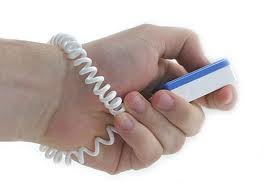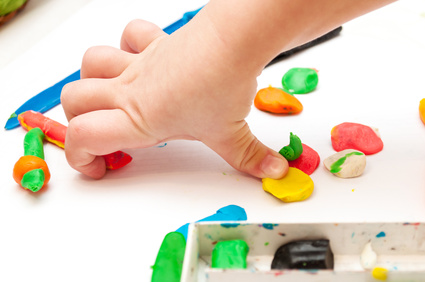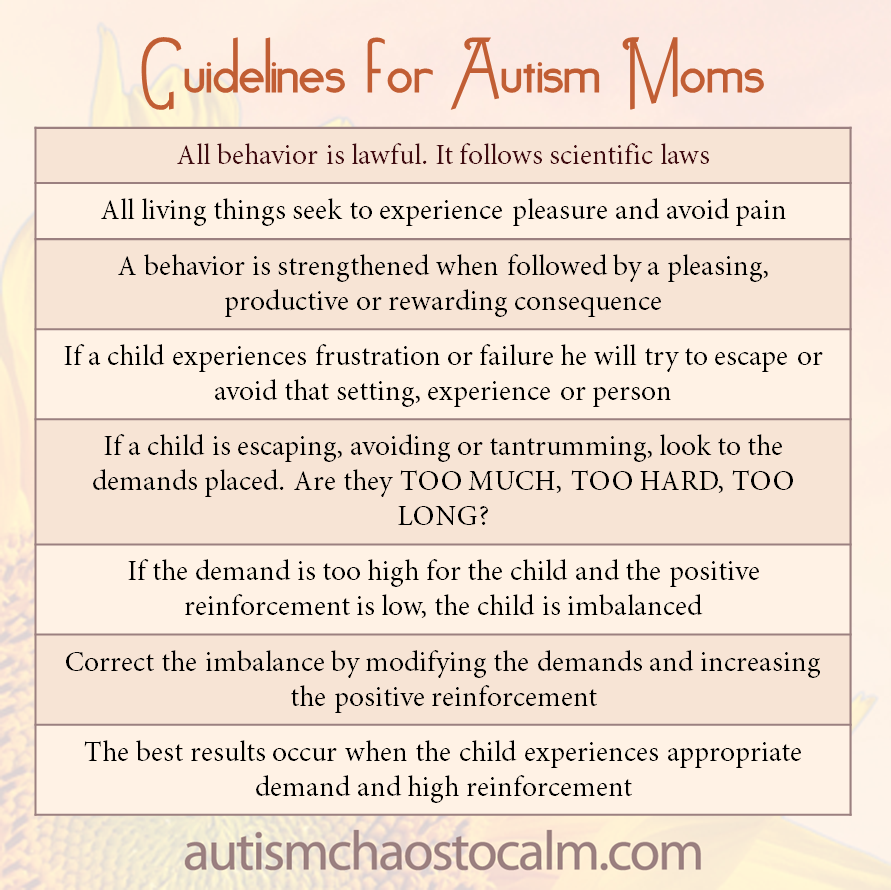You can teach your child
If you are an autism parent, you probably want to help your kid learn new skills.
If you want to help your kid learn new skills, you may not be aware of the “acoustical” support.
You may not be aware that the acoustical support is a great way to help kids with autism learn, even the severe kids, the nonverbal kids and the super-sensory kids.
And guess what else? It’s easy, effective and low-cost — a rare combination in the autism world.
So what exactly is an acoustical support?
An acoustical support is a neutral sound: a tap, click or ping. The sound is communication. The sound tells a child that she has done something right–at the precise moment she does it! The sound tells her, “YES, you did it, and now you are getting a reward.” The sound gives her success and makes her feel good. The sound makes her want to do that great thing again.
Here’s an example: increasing play skills
Let’s say your child has just touched a toy. Since many kids with autism don’t play with toys, we want them to learn how. Now your child has just touched a toy. That’s great! That’s the first step. With your handy TAGteach tagger, immediately press it to “tag” her action of touching the toy. Right after that, hand over a reinforcer (something she really likes).
Guess what? She’ll figure out very quickly that she got attention, success and a very nice treat from Mom when she touched the toy. And then guess what? She’ll try touching again. Maybe she’ll touch another toy, or touch the toy for a longer period of time. You’re on your way to expanding her play skills.











